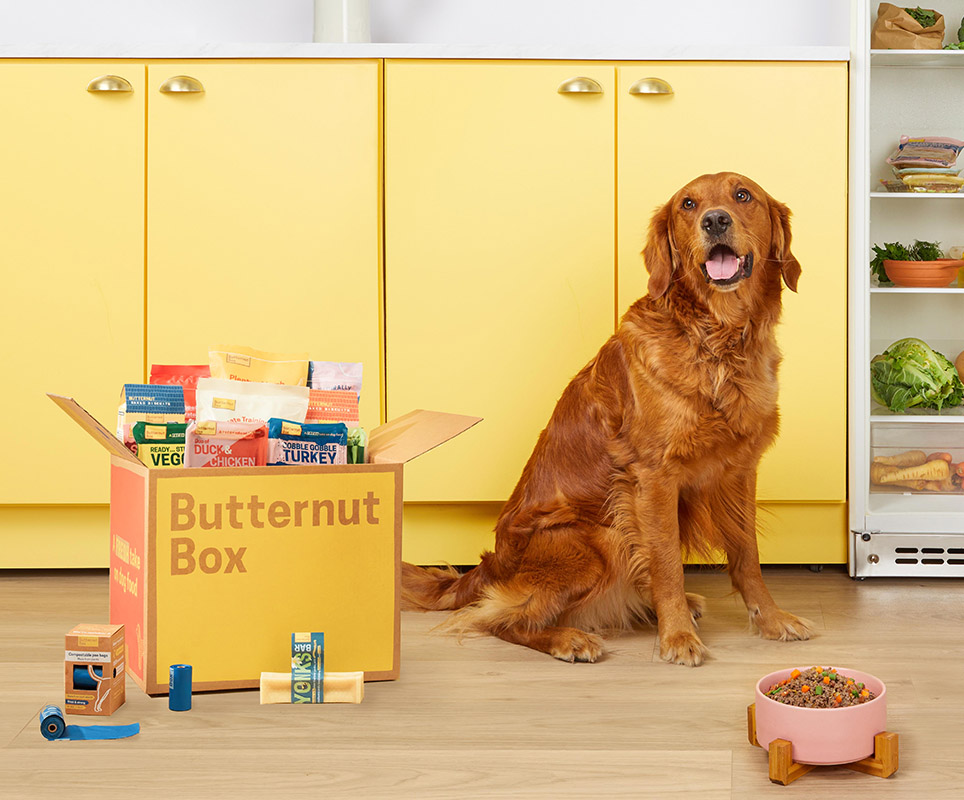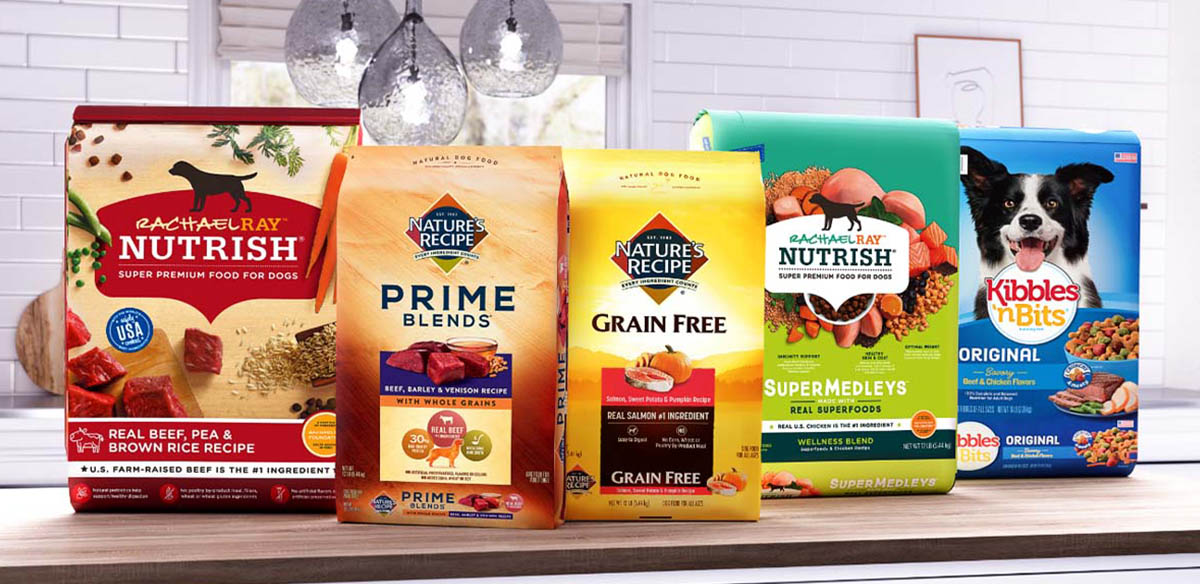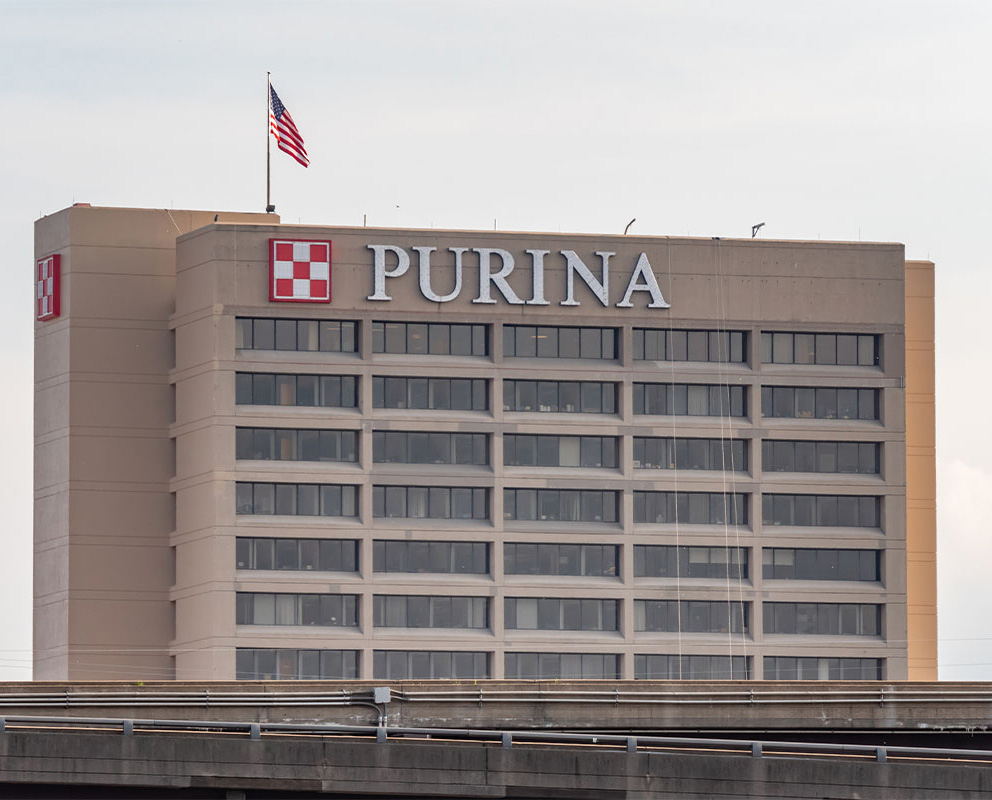This article was published in the November 2023 issue of Pet Food Processing. Read it and other articles from this issue in our November digital edition.
For the first time in history, there are as many Gen Z and Millennial pet owners as there are Gen X and Baby Boomer owners. These younger pet owners continue to set the stage for growth in the pet food and treat industry, demonstrating a dedication of time and money to their pets.
Even with a normalization in the number of pets per household, spending in the category remains high, according to the American Pet Products Association (APPA), Stamford, Conn. Pet spending was up nearly 11% in 2022 from the previous year. It’s also a category of the highest spend at $62.7 billion and the biggest increase at 16.2%. And ongoing economic uncertainty has not dampened the enthusiasm owners have for their pets’ health and happiness. Owners continue to seek out healthy and functional foods for their pets and are willing to spend more to satiate these cravings.

M&A activity in the pet nutrition space can be seen across the globe, with UK-based Butternut Box recently scooping up PsiBufet to expand the presence of its fresh dog food throughout Europe.
|Proprietary survey data from Packaged Facts (March 2023) showed that among dog and cat owners, 50% were buying pet food that was priced higher than average, while only 5% were buying pet foods that were priced lower than average. This is an indication that pet food inflation hasn’t driven a significant wedge into the sales of premium foods, according to Shannon Brown, brand manager, Packaged Facts Pets, The Freedonia Group, Cleveland.
But recent stock activity has shown that traders may not be feeling overly bullish about the pet market with ProShares’ Pet Care ETF (PAWZ) hitting its lowest stock price for 2023 at the beginning of October, down 21% from its 2023 high in February.
Category growth
A multiplicity of strengths has made the industry ripe for mergers and acquisitions over the last couple of years. From July to December 2022, Pet Food Processing covered 35 mergers and acquisitions with an additional 28 taking place between December 2022 and June 2023, prompting ongoing growth in the category.
But compared to 2022 and 2021, there’s been a slowdown in pet market-related acquisitions in 2023. This is at least in part due to heightened interest rates, Brown said.
“Both Capstone Partners and Cascadia Capital, investment groups with interests in the pet market, have recently noted that most pet food-related acquisitions in 2023 have targeted premium pet foods and have been motivated by supply and production demands,” she continued.
Examples of this include St. Louis-based Post Holdings’ recent agreement to acquire Perfection Pet Foods, a Visalia, Calif.-based manufacturer of private label and co-manufactured pet foods and baked treats, as well as its acquisition of several pet food brands from The J.M. Smucker Company; BrightPet Nutrition’s acquisition of Raw Advantage, Cedar Rapids, Iowa; Hill’s Pet Nutrition’s acquisition of three Red Collar Pet Foods manufacturing facilities; and the merger of Canidae, Stamford, Conn., and Natural Balance, Burbank, Calif., to become Ethos Pet Brands, Brownwood, Texas.

The J.M. Smucker Company divested a number of its pet food brands to Post Holdings, Inc., including its Rachael Ray Nutrish, Nature’s Recipe, 9Lives, Kibbles ‘n Bits and Gravy Train brands.
|Tom Elliott, managing director, consumer investment banking, Capstone Partners, Boston, also cited the notable impact of the acquisitions of Champion Petfoods by Mars Petcare and Red Collar Pet Foods by Hill’s.
“The acquisition of Champion could open up shelf space in the independent pet store channel for brands not part of big CPG, and the acquisition of Red Collar by Hill’s may remove a very large co-packing partner for many smaller brands,” he said. “Those in the industry are still waiting to see how both of these moves will play out in the market.”
Over the last 10 years or so, the pet food industry has become a very attractive category for businesses in general, according to Greg Shearson, interim chief executive officer for Ethos Pet Brands.
“With steady increases in the penetration of pets and pet households at an all-time high, it’s easy to see why pet parents are considered highly loyal,” he continued. “These consumers are interested in trading up and motivated to do the very best for their pet family members.”
Shifting portfolios
Companies of many sizes have taken notice, witnessed by the number of M&As over the last five years or so. General Mills, Minneapolis, entered the pet food arena with its acquisition of Blue Buffalo in 2018. To date, a handful of players hold more than 60% of global market share.
Mars Petcare, McLean, Va., which acquired Natura and Eukanuba, holds the majority share in the global pet food market. Other top players include Nestlé Purina Petcare, St. Louis; Colgate-Palmolive, Manhattan, NY (owner of Hill’s Pet Nutrition); The J.M. Smucker Company, Orrville, Ohio; Diamond Pet Foods, Meta, Mo.; Merrick Pet Care, Inc., Amarillo, Texas; and Wellness Pet Company, Tewksburg, Mass.
These players continue to shift and divest holdings to zero in on focus areas within the category. In December 2021, The J.M. Smucker Company sold its private label dry pet food business to Diamond Pet Foods. In an additional refinement, the company divested a number of brands in February, including Rachael Ray Nutrish, Nature’s Recipe, 9Lives, Kibbles n’Bits and Gravy Train, to focus on the mainstream Meow Mix and Milk-Bone lines. Post Holdings acquired the brands in April as a part of its Post Consumer Brands segment. Elliott also cited a continuing evolution of activity within the category with an increasing focus on freeze-dried and raw formats in the food space.
But Seth Kaufman, co-founder of BSM Partners, Bentonville, Ark., cautioned that the academic literature makes it pretty clear that most synergies or benefits claimed as part of the justification for M&A are rarely achieved.
“Acquirers tend to focus very one dimensionally on due diligence by focusing on the financials,” said Seth Kaufman, BSM Partners.
“It often takes a level of process and managerial discipline that is hard to maintain,” he continued. “We also think that failure to properly understand the acquired company is part of the issue. Acquirers tend to focus very one dimensionally on due diligence by focusing on the financials. They don’t spend enough time or have the expertise to properly evaluate the broader aspects of the business. Focusing on functional due diligence is imperative for an acquirer to achieve their hoped-for synergies and benefits.”
Sustainability matters
The influence and confluence of sustainability in M&A activities also cannot be understated as ESG (Environmental, Social and Governance) becomes a higher priority for companies. Because many consumers approach sustainability through the lens of their own experiences, it’s important each company clearly define its efforts and communicate in a way that resonates with consumers. This emphasis is particularly important when considering the rising number of young pet owners and their willingness to spend more on sustainable products.
But defining sustainability is far from straightforward. The Hartman Group, Bellevue, Wash., found 42% of consumers are familiar with the term “sustainability,” but fewer than one in 10 said they trust companies to be an accurate source of information on sustainability. Shearson agreed, saying while sustainability is of high importance, each consumer has their own idea of what matters most when it comes to sustainability.
Nestlé Purina PetCare and Mars Petcare launched products and projects that tap into a range of consumer desires including customization, better-for-you, premiumization and sustainability. In September, Nestlé Purina launched its #PurinaRecyclesChallenge campaign to recycle used pet food cans and introduced the use of alternative plant and insect proteins in some of its cat and dog food products.
Mars’ Sustainable in a Generation plan aims to bring more sustainable choices and services to pet owners. This includes large-scale projects to reduce the company’s carbon footprint, initiate regenerative agriculture, and achieve a carbon neutral footprint for Mars Petcare’s largest brand, Royal Canin, by 2025.
Looking forward
Shearson has witnessed deals in the industry that include small- and mid-cap companies with interest in new, emerging formats like direct-to-consumer and pet supplements. Through its merger, Ethos Pet Brands has combined the cutting-edge brands and recipes Natural Balance is known for with Canidae’s connections to the best in North American agriculture to serve and delight its customers.
“Regardless of the macroeconomic environment, true innovation will always have support and be able to attract capital to fund its growth,” said Seth Kaufman, BSM Partners.
Striving for best-in-class will continue to be important as more food companies enter the pet food and treat arena. Kaufman expects wellness, functionality and veterinary care will continue to be of interest to investors.
“Areas that can earn above-average returns and have significant pricing power are always attractive in times where inflationary pressures can burden margins,” Kaufman said.
This includes using M&A as a way to gain synergies on the processing side focused on economies of scale in manufacturing. But because of the large volumes offered by large multinational CPG firms, acquirers looking at the consumables space are often more interested in the treat segment, where they feel they can more easily differentiate products and make better margins, Elliott said.
Packaged Facts predicted the pace of pet market acquisitions over the next year or two will be impacted by interest rates and stock market performance, but will also likely continue to result from operational demands, such as manufacturing and supply chain issues as companies adjust to fluctuating pet owner demands.

Earlier in the year, Red Collar Pet Foods completed the sale of its Miami, Okla., pet treat facility to Nestlé Purina PetCare Company.
| Source: ©4KCLIPS – STOCK.ADOBE.COMPackaged Facts Pets identified Freshpet, based in Secaucus, NJ, as a potential acquisition opportunity for a large conglomerate, given the company’s success over the last several years and the growing interest in fresh pet foods in general, Brown said. The competitive landscape could also include the eventual sale of the Lisbon, Ohio-based Bright Pet platform, which has grown impressively under A&M’s ownership, according to Elliott.
“With Red Collar’s co-packing capacity being syphoned off by Hill’s Science Diet, the capacity at Bright Pet would be a logical place for brands to turn,” Elliott continued.
He also predicted there will be some attempt to establish more rigorous standards as they relate to food and treat ingredients and label claims, citing many voices in the food and treat segment who are calling for more science and accountability regarding what pet owners are buying. When looking at how processors might position themselves for the future, Shearson recommended focusing on strength as a business and making high-quality, nutritional food that makes a difference in a pet’s life.
“Regardless of the macroeconomic environment, true innovation will always have support and be able to attract capital to fund its growth,” Kaufman concluded. “We continue to see many small, innovative companies that are creating the future for pet care. They are out there today, and their innovation-driven growth stories will lead them to be the acquisition targets in the years to come.”
Read more about corporate strategy, financial performance, mergers and acquisitions on our Business page.



